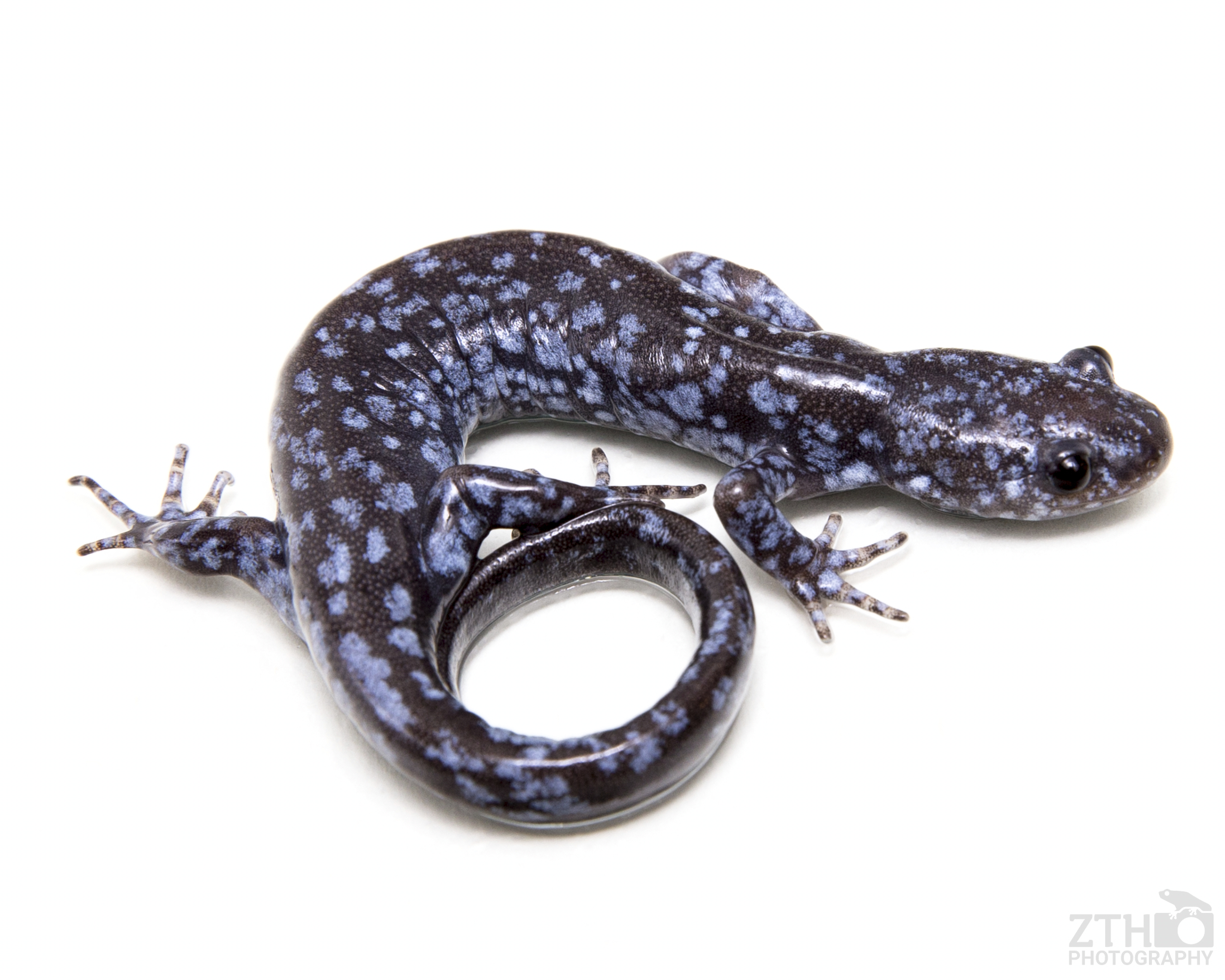A different kind of "matched guise" test?
In a "matched guise" test, subjects are asked to evaluate "various traits including body height, good looks, leadership, sense of humor, intelligence, religiousness, self-confidence, dependability, kindness, ambition, sociability, character, and likability", for the same content presented by the same speaker in different languages, or perhaps by the same speaker associated with different pictures. The goal is to uncover linguistic or ethnic stereotypes.
This twitter "experiment" takes the idea in a different direction, using an associated picture to shift the interpretation of an ambiguous word:
— Sharon 🌹🚰 ✝️ 🛡️ (@Sharon_Kuruvila) November 23, 2021
Read the rest of this entry »





